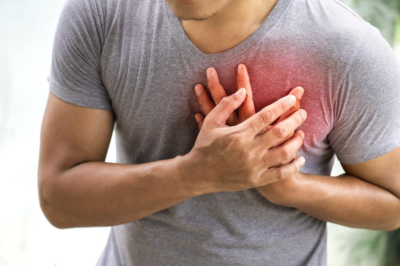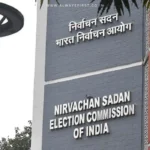
In the bustling realm of our daily lives, critical warning signs of a heart attack often go unnoticed, sometimes with fatal consequences. Understanding and recognizing the early indicators of a heart attack can significantly increase survival rates by prompting timely medical intervention. Health experts stress the importance of not only being aware of these signs but also taking them seriously enough to seek immediate care.
A heart attack occurs when the flow of oxygen-rich blood to a section of the heart muscle suddenly becomes blocked, and the heart can’t get oxygen. If not promptly treated, the heart muscle begins to die. Here are some critical early signs that might indicate a heart attack:
- Chest Discomfort: Most heart attacks involve discomfort in the center or left side of the chest that lasts for more than a few minutes or goes away and comes back. The discomfort can feel like uncomfortable pressure, squeezing, fullness, or pain.
- Shortness of Breath: This can occur with or without chest discomfort and is a critical warning sign that should never be ignored.
- Other Upper Body Pain: Symptoms can include pain or discomfort in one or both arms, the back, neck, jaw, or stomach. This type of pain should not be mistaken for muscle pain and should be taken seriously if it occurs without an apparent reason.
- Cold Sweat, Nausea, or Lightheadedness: As with other signs, these symptoms can occur in isolation or with chest pain. Any sudden onset of severe cold sweat, fainting, or nausea should be treated as a medical emergency.
The American Heart Association urges individuals to not wait more than five minutes to call emergency medical services if they experience heart attack symptoms. Acting fast can save lives and potentially minimize damage to the heart.
Particularly at risk are those with lifestyle factors such as smoking, unhealthy diet, or those with predispositions like high blood pressure, high cholesterol, or diabetes. Regular check-ups and maintaining a healthy lifestyle can greatly diminish the risk of heart attack.
Awareness campaigns are increasingly aiming to educate the public on these symptoms, especially focusing on how heart attacks can present differently in men and women. Women are more likely to experience some of the non-chest pain symptoms, such as back or jaw pain, nausea, and fatigue.
It’s crucial for everyone to recognize these early signs and respond quickly to them by seeking medical help, thus ensuring a greater chance of recovery and a better prognosis following a heart attack.









































Leave a Reply